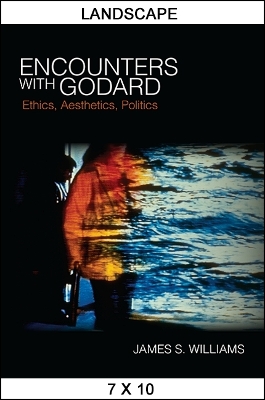SUNY series, Horizons of Cinema
1 total work
Encounters with Godard takes the reader on a personal voyage into the sensory pleasures and polyphonic rhythms of Jean-Luc Godard's multimedia work since the late 1970s, from his feature films and video essays to his published writings, art books, and media performances. Godard, suggests James S. Williams, lays ethical claim to the cinematic, defined in the broadest terms as relationality and artistic resistance. An introductory chapter on the extended history of La Chinoise (1967), a film explicitly of montage, is followed by seven different types of critical encounters with Godard, encompassing the fields of art and photography, music and literature, and foregrounding themes of gender and sexuality, race and violence, mystery and emotion. The Godard who emerges here is a restless and radical experimenter who establishes new cinematic thresholds through new technology and expands the creative potential and free exchange of the archives. Williams examines works including Nouvelle vague (1990), Film socialisme (2010), Hélas pour moi (1993), and the magnum opus Histoire(s) du cinéma (1988–98). Wide-ranging and accessible, Encounters with Godard marks a major intervention in the study of film aesthetics and ethics while forging a vital dialogue with literature, history and politics, art and art history, music and musicology, philosophy, and aesthetics.
